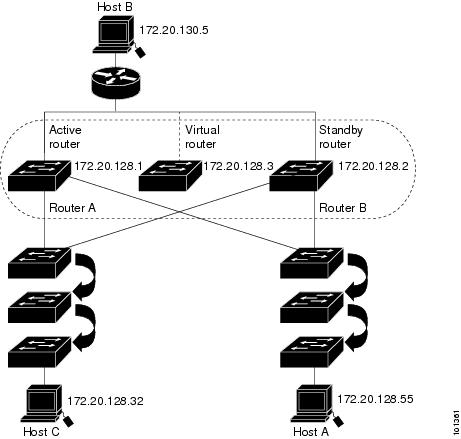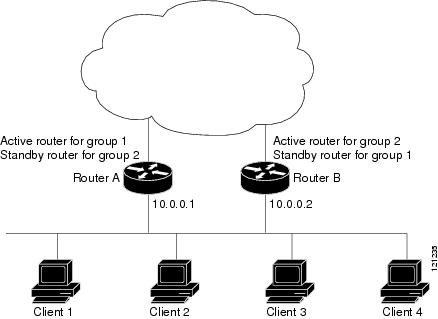Feature history for HSRP
This table provides release and platform support information for the features explained in this module.
These features are available in all the releases subsequent to the one they were introduced in, unless noted otherwise.
|
Release |
Feature name and description |
Supported platform |
|---|---|---|
|
Cisco IOS XE 17.18.1 |
HSRP: HSRP is the standard method used by Cisco to provide high network availability through first-hop redundancy for IP hosts on an IEEE 802 LAN configured with a default gateway IP address. |
Cisco C9350 Series Smart Switches Cisco C9610 Series Smart Switches |



 Feedback
Feedback